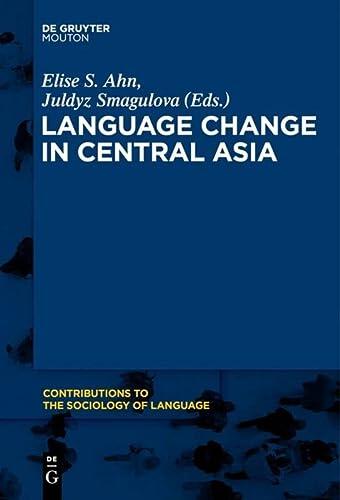
Language Change in Central Asia
还没有评分
Science & Technology
History
格式
精装书
页数
275
语言
英语
已发布
Jan 15, 2016
出版商
Walter de Gruyter
版本
Digital original
ISBN-10
161451609X
ISBN-13
9781614516095
描述
This insightful work delves into the dynamic interplay of language and culture in Central Asia, a region marked by rich history and diverse linguistic traditions. It highlights the various factors that drive language change, including social, political, and economic influences. By examining how languages evolve and interact, the authors shed light on the broader implications of these shifts for identity and community cohesion.
Elise S. Ahn and Juldyz Smagulova bring a unique perspective to the subject, grounded in rigorous research and keen observations. Their analysis underscores the importance of understanding language as a living entity that reflects the realities of its speakers. Through vivid case studies and a thorough examination of sociolinguistic trends, they present a comprehensive picture of the linguistic landscape in Central Asia.
The book serves as a crucial resource for anyone interested in the complexities of language within societal contexts. By weaving together the historical and contemporary elements, it encourages readers to appreciate the nuances of language change as an essential part of Central Asian life. Engaging and thought-provoking, this study invites further exploration into the connections between language, culture, and identity in a rapidly changing world.
Elise S. Ahn and Juldyz Smagulova bring a unique perspective to the subject, grounded in rigorous research and keen observations. Their analysis underscores the importance of understanding language as a living entity that reflects the realities of its speakers. Through vivid case studies and a thorough examination of sociolinguistic trends, they present a comprehensive picture of the linguistic landscape in Central Asia.
The book serves as a crucial resource for anyone interested in the complexities of language within societal contexts. By weaving together the historical and contemporary elements, it encourages readers to appreciate the nuances of language change as an essential part of Central Asian life. Engaging and thought-provoking, this study invites further exploration into the connections between language, culture, and identity in a rapidly changing world.